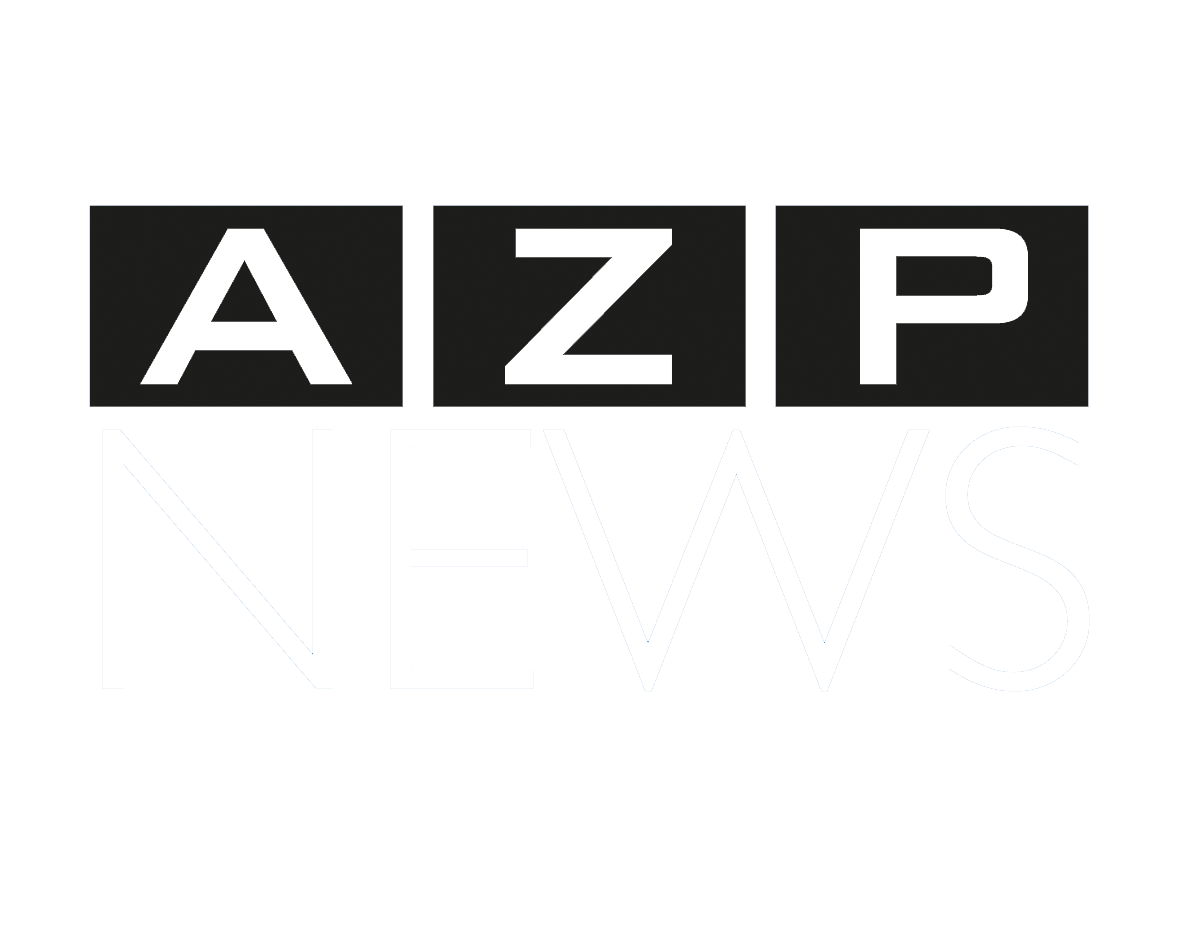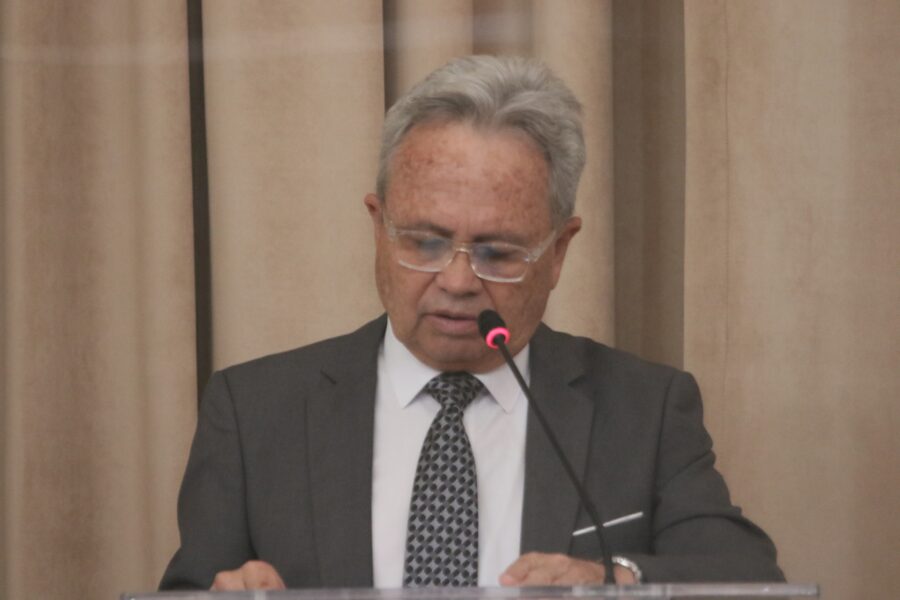Guest Commentary

DESPITE realising some economic growth in 2022 to 2024, Trinidad and Tobago’s foreign reserves continue to decline, and the public continues to struggle to access US dollars.
At the end of April 2024, this country’s foreign reserves stood at $US 5.366 billion, a 53% climb down from the peak of $US 11.497 billion (December 2014).
The compounded annual decline from 2015 to 2023 was approximately 6%. It would be worse, but for US dollar borrowings, HSF drawdowns, and a Special Drawing Right (SDR) distribution by the IMF in 2021 to support the resilience and stability of the global economy during the pandemic. If the one-offs are backed out from the $5.366 billion, the figure would be around 60% less. This decline is strongly correlated with the decline in oil and gas production.
Moreover, foreign reserves fell by almost $US900 million between December 2023 and April 2024, an observable acceleration in the rate of decline.
Economic growth realised in 2022 to 2024 is mainly on account of the non-energy sector. The
energy sector (which accounts for 86% of the value of exports) has been hit hard by declining
production of natural gas (at a 20-year low) and oil (at an 85-year low). The increase in prices in
2022 and 2023, on account of the Russia-Ukraine war, helped with revenue, but that has now run
its course, a fact that was alluded to by the Minister of Finance in his affidavit in Dhoray v the
AG. In the same affidavit, the minister saw the next three years as “challenging” from a revenue
perspective and linked that situation to natural gas production. Part of those challenging three years will be a worsening of the inflows of US dollars.
Paid political advertisement
The decline in foreign reserves picked up pace from May 2023, when the government issued VAT bonds to pay outstanding refunds. This meant energy companies that subscribed to these bonds had sufficient TT dollars to fund in-country operations and thus had less need to sell US dollars to commercial banks.
About 70% of the US dollars the commercial banks purchase from “the public” comes from energy companies, with a concentration among five of them. This exacerbated the problem, forcing one bank to cap credit card spending. At the same time, demand for US dollars continued to be high, driven by the non-energy sector’s post-Covid recovery and credit cards. It is no secret that many SMEs are being run with credit cards.
The current government is clear in its defense of TT$6.79/US$1. It also sees the HSF as part
of that defense, although that is not what the HSF was intended for. A devaluation or depreciation is merely the price mechanism reflecting supply and demand, but there are deeper concerns, especially when one considers that almost everything we use in T&T is imported.
We are told by the government that there is no forex crisis but rather a shortage. At what point does that shortage become a crisis?
One way to deal with the problem is to increase the inflow of US dollars in the short to medium term. This is easier said than done. The obvious way to achieve that is to increase oil, gas, and non-energy exports.
The latter requires vision, planning, private sector engagement, and political will. Minister Imbert, in his affidavit, holds out hope for an improvement in natural gas production by 2027, pegging his hopes to Venezuela.
The outgoing president of the NGC has a different view. Earlier this year, he described the decline in natural gas production as “the monster in the room” and pointed to the supply difficulties to be had until Dragon and Manatee came into production. Even if one were to assume Manatee’s first gas happens in late 2027, that is still more than three years away.
This natural gas production doldrum correlates to the challenging period to which Mr Imbert alludes in his affidavit. Some in the government believe Manatee’s production will mean an economic boom. From my analysis, Manatee’s production, when it happens, will merely claw natural gas production back to 2022 levels.
Despite protestations to the contrary, Dragon is still uncertain, and Woodside’s deepwater project Calypso is yet to be approved. Manatee will happen, but its production, while important, won’t precipitate the “boom” the government expects.
What happens to our foreign reserves between now and Manatee’s start of production? At the current utilisation rate, they could be gone sometime in 2028, barring some major “one-offs” from HSF drawdowns or foreign borrowings that have to be repaid with interest in US dollars.
In the recent mid year review, the minister of finance proudly cited the country’s foreign borrowings under his watch via bond issues. He let Parliament know that his ministry was planning another such issue, no doubt to plug the gaping hole in government revenue. It should be noted that at the end of 2023, this country’s external debt stood at US$5.206 billion. That means our foreign reserves “net of foreign debt” is effectively zero. The depletion of foreign reserves coupled with rising debt will be accompanied by socioeconomic fallout, which will be a huge challenge for the next government. Our debt service is now TT$1 billion per month and that will only climb. We are living on borrowed time and rapidly descending into the valley of debt.
Kevin Ramnarine is a former Energy Minister of Trinidad and Tobago
![]()













